
Welcome! Today, we’re diving into the world of “Catching Teller Crow” by Indigenous sibling duo Ambelin and Ezekiel Kwaymullina. This novel isn’t just a page-turner—it’s a profound journey that intertwines the haunting history of Indigenous Australians with gripping mystery and supernatural elements. Let’s explore the social and historical context, characters, themes, and more to understand the depth of this incredible story.
“Catching Teller Crow” delves into the turbulent history of Indigenous Australians, highlighting the painful legacy of colonization, the Stolen Generations, and intergenerational trauma.
“Catching Teller Crow” is a profound exploration of history, identity, and the spiritual connections that bind us. Through its rich characters and themes, it sheds light on the enduring impacts of colonization and the resilience of Indigenous cultures.
Want more? Check out teacher made resources for your class room and our YouTube Video.
Happy reading! 📚✨
Share:


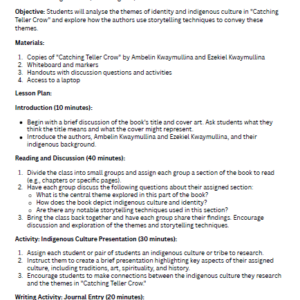
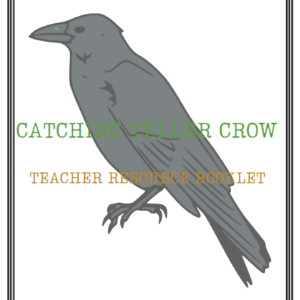
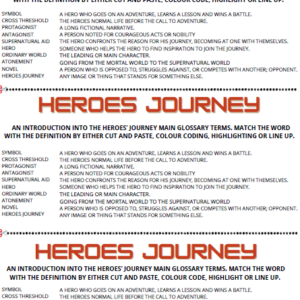
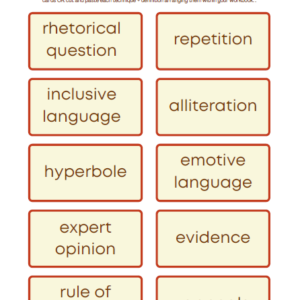
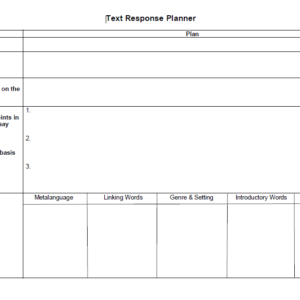
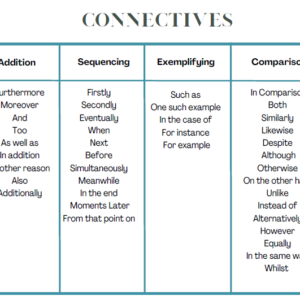
Power-up your learning with free essay topics, downloadable word banks, and updates on the latest VCE strategies.
